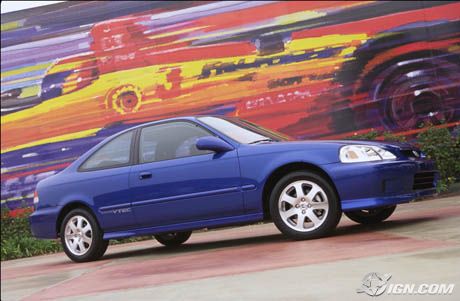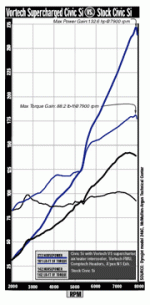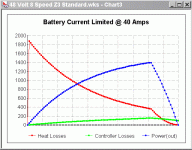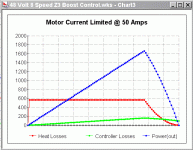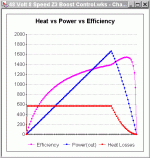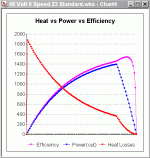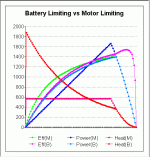TylerDurden
100 GW
safe said:I've got a lot of experience in how gasoline motors behave and what I'm doing is bringing the benefits of that type of powerband to the electric bike.
Let's say I never rode a peeky motorbike...
If I just let the thing lug in 3rd gear, it will just slow down.
So I downshift... the motor goes faster, but the bike doesn't.
So I upshift... the bike starts to slow down even more.
So I downshift... the motor goes even faster, but the bike doesn't.
etc. etc. etc.


